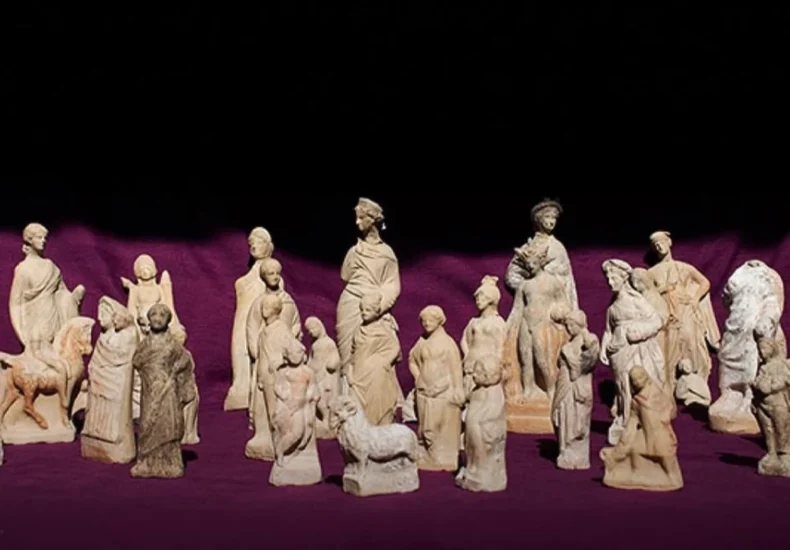
Terracotta Figurines of Myra Return Home After 2,100 Years
Unearthed in the ancient city’s Hellenistic layers, the colorful terracottas are now displayed where they were first crafted — inside Myra’s ancient theater.
In the heart of Lycia, a collection of delicate terracotta figurines discovered in the ancient city of Myra has been unveiled to the public for the first time. The exhibition, titled “Terracotta Figurines of Myra,” is part of the Türkiye Culture Route Festival, whose final stop this year is Antalya.
These figurines, unearthed during 2020–2021 excavations led by Prof. Dr. Nevzat Çevik of Akdeniz University, were found in the Hellenistic layers of Myra’s ancient theater, predating the Roman period. According to Çevik, the discovery represents one of the richest terracotta assemblages ever unearthed in Lycia.
“We found a collection more diverse and better preserved than any previous example,” said Prof. Çevik. “These figurines likely originated from a sacred area where offerings were placed over three centuries during the Hellenistic period. Exhibiting them here, in the very place they were created, is deeply meaningful.”

A Vivid Glimpse into Hellenistic Lycia
The figurines, crafted between the 3rd and 1st centuries BCE, depict an extraordinary range of subjects: dancers in vivid attire, mothers holding children, deities such as Artemis, Herakles, Aphrodite, and Leto with her children, and even scenes from everyday life, including riders and playful children with pets.
Despite their small size, the figurines hold immense cultural weight. Their colors, typological diversity, and exceptional preservation offer rare insight into Hellenistic Myra’s religion, aesthetics, and daily life.
📣 Our WhatsApp channel is now LIVE! Stay up-to-date with the latest news and updates, just click here to follow us on WhatsApp and never miss a thing!!
“They’re small in scale but immense in memory,” said Çevik. “Through them, the people of Myra speak to us again — about their faith, beauty ideals, and artistry.”
Many of the pieces were painstakingly reassembled from thousands of fragments, a process that revealed fine pigment traces and intricate detailing rarely seen in Lycian terracottas.
From Excavation to Exhibition
A total of 56 figurines are currently displayed inside the Roman gallery of Myra’s theater, once an ancient commercial space. For visitors, the exhibition recreates the dialogue between Myra’s sacred and civic spheres — connecting archaeological discovery with place-based storytelling.
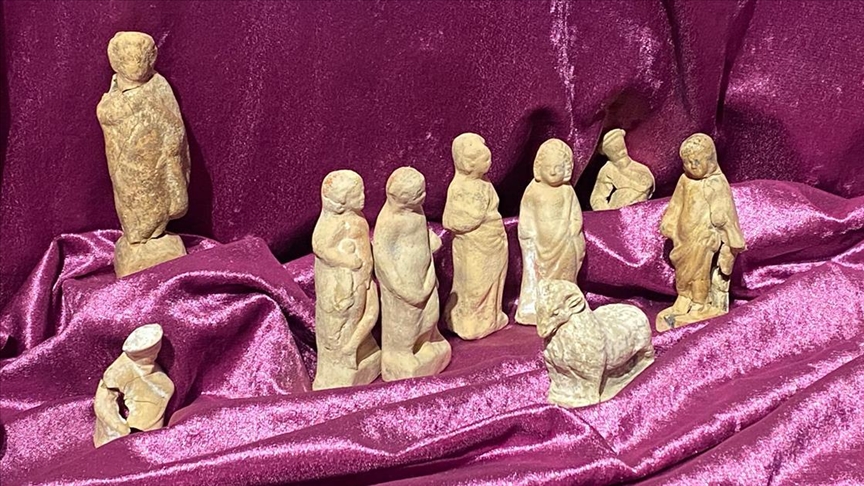
According to Prof. Çevik, the collection will become part of a permanent exhibition at the Museum of Lycian Civilizations in 2026, where it will be further contextualized within Lycia’s artistic heritage.
The artifacts will also form the focus of a forthcoming doctoral dissertation by archaeologist Sema Talu, the excavation’s deputy director, which will formally introduce the corpus to the academic world.
A Homecoming Across Millennia
After more than two thousand years beneath the earth, the terracottas of Myra have returned home — not to a distant museum, but to the same soil that once shaped them.
As Prof. Çevik poetically noted, “It feels as if these ancient people gathered together, waiting patiently beneath the ground for us to rediscover them and tell their story.”
The exhibition will remain open until November 9, allowing visitors to walk among the echoes of ancient Lycia — where faith, art, and humanity once converged in clay.
Terracotta figurines from Hellenistic Myra, depicting deities, dancers, and everyday life scenes. Photo: Ministry of Culture and Tourism of Türkiye
You may also like
- A 1700-year-old statue of Pan unearthed during the excavations at Polyeuktos in İstanbul
- The granary was found in the ancient city of Sebaste, founded by the first Roman emperor Augustus
- Donalar Kale Kapı Rock Tomb or Donalar Rock Tomb
- Theater emerges as works continue in ancient city of Perinthos
- Urartian King Argishti’s bronze shield revealed the name of an unknown country
- The religious center of Lycia, the ancient city of Letoon
- Who were the Luwians?
- A new study brings a fresh perspective on the Anatolian origin of the Indo-European languages
- Perhaps the oldest thermal treatment center in the world, which has been in continuous use for 2000 years -Basilica Therma Roman Bath or King’s Daughter-
- The largest synagogue of the ancient world, located in the ancient city of Sardis, is being restored



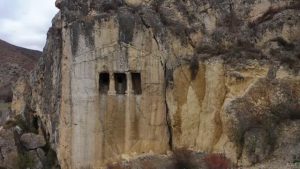

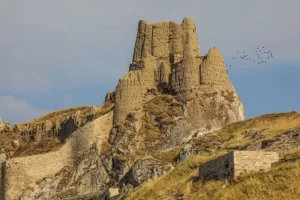
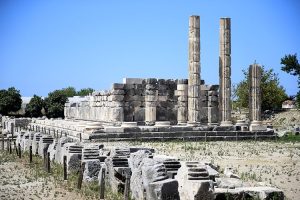



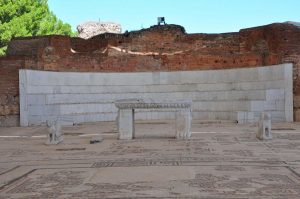
Leave a Reply